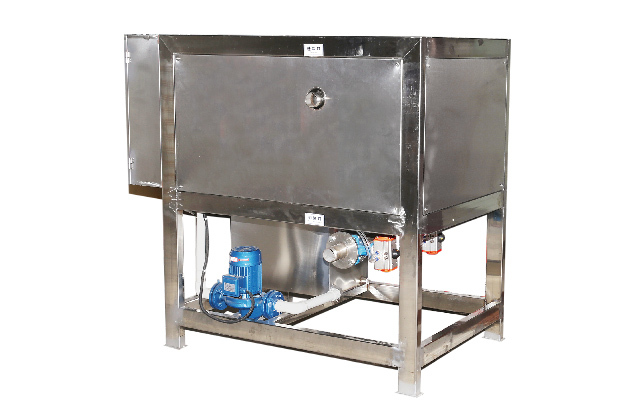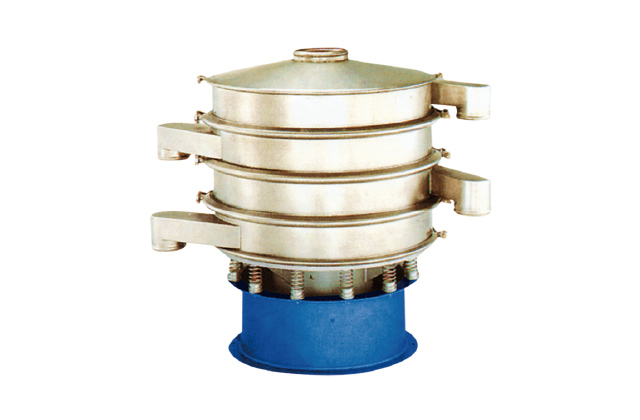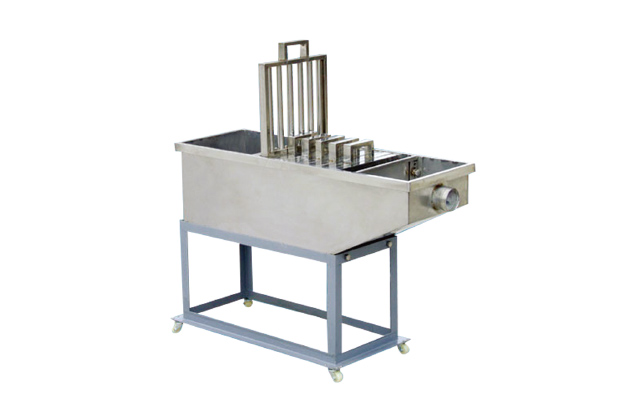August 29, 2025
What Methods Can Be Used to Separate Salt and Iron?
Introduction to Separation Methods
Separating salt and iron might seem like a straightforward task, but it requires careful consideration of the properties of both substances. Salt, typically sodium chloride, is a soluble compound, while iron is a metal with magnetic properties. Understanding these differences is key to choosing the right separation method.
Physical Separation Methods
Physical methods are often the first choice when separating substances. These methods rely on physical properties rather than chemical reactions.
1. Sieving
Sieving is a simple and effective method for separating particles of different sizes. If the salt and iron are in granular form, using a sieve with appropriately sized holes can help separate the smaller salt particles from the larger iron fragments. This method works best when the iron particles are significantly larger than the salt grains.
2. Magnetic Separation
Iron is magnetic, and salt is not. This difference can be exploited using a magnet. By passing a magnet over the mixture, the iron will be attracted to the magnet, leaving the salt behind. This method is particularly useful for small-scale separations or when the iron is in a fine powder form.
Tips for Effective Magnetic Separation
- Ensure the magnet is strong enough to attract all the iron particles.
- Perform the separation on a clean, dry surface to avoid contamination.
Chemical Separation Methods
When physical methods aren’t sufficient, chemical methods can be employed. These methods involve altering the chemical composition of one or both substances.
1. Dissolution and Filtration
Salt is highly soluble in water, while iron is not. By dissolving the mixture in water, the salt will dissolve, and the iron will remain as a solid. The solution can then be filtered to separate the iron particles from the saltwater solution. After filtration, the salt can be recovered by evaporating the water.
2. Crystallization
Crystallization is a more advanced method that can be used to separate salt from a solution. By cooling the saltwater solution slowly, salt crystals will form and precipitate out of the solution. This method is particularly useful when the salt is in a dissolved state.
Comparison of Methods
Each method has its advantages and disadvantages. Physical methods are generally faster and simpler but may not be effective for all particle sizes or distributions. Chemical methods can be more precise but often require additional steps and equipment.
Advantages and Disadvantages
| Method | Advantages | Disadvantages |
|---|---|---|
| Sieving | Simple and quick | Requires size difference |
| Magnetic Separation | Highly effective for iron | Dependent on iron’s magnetic properties |
| Dissolution and Filtration | Works well for soluble substances | Requires additional evaporation step |
| Crystallization | High purity salt recovery | Slow process |
Conclusion
In conclusion, the choice of method depends on the specific properties of the salt and iron mixture. Physical methods like sieving and magnetic separation are quick and effective for many situations. For more complex mixtures, chemical methods such as dissolution and filtration or crystallization may be necessary. By understanding the strengths and weaknesses of each method, you can choose the best approach for your needs.






